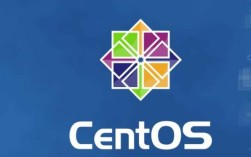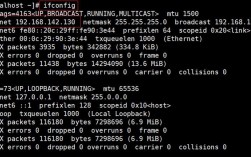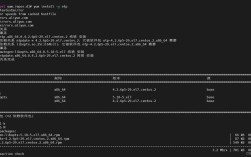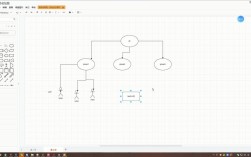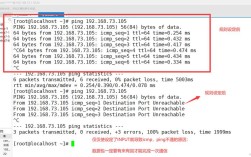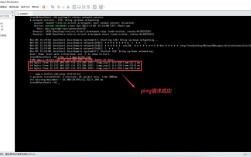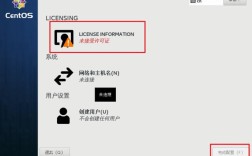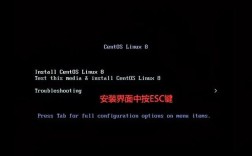CentOS: An InDepth Overview
Introduction
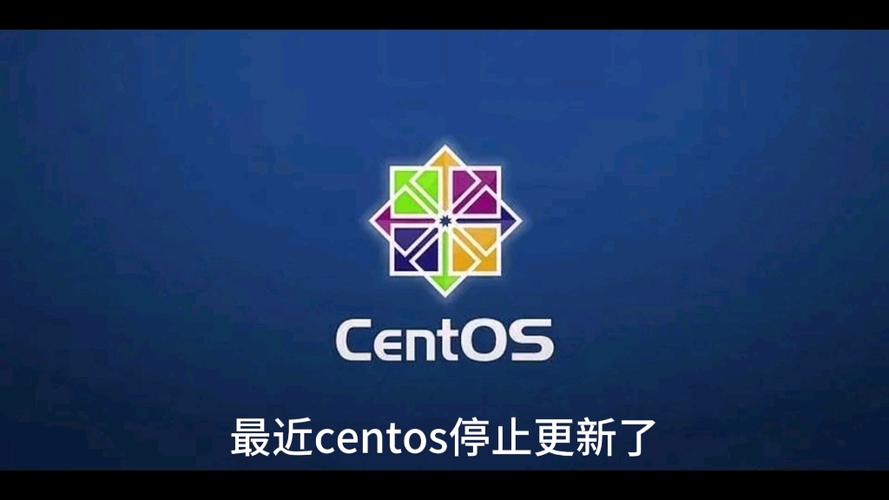
CentOS, short for "Community Enterprise Operating System," is a free and opensource Linux distribution. It aims to provide a platform that is binary compatible with its upstream source, Red Hat Enterprise Linux (RHEL). This compatibility makes CentOS an attractive option for users seeking a stable and enterpriseready operating system without the associated costs of commercial support.
Key Features
Stability and Reliability
CentOS is known for its stability and reliability. It undergoes rigorous testing to ensure a high level of performance and security. This makes it a popular choice for server environments where uptime and security are paramount.
Compatibility with RHEL
One of the standout features of CentOS is its compatibility with RHEL. Since CentOS tracks the RHEL release cycle closely, users can expect similar packages, updates, and security patches. This ensures that applications developed and tested on RHEL will run seamlessly on CentOS.

Open Source
Being open source means that CentOS's source code is available for anyone to view, modify, and distribute. This transparency fosters a collaborative environment where developers from around the world contribute to the project, enhancing its robustness and security.
LongTerm Support
CentOS provides longterm support (LTS) for older versions of the operating system. For instance, CentOS 6 and CentOS 7 were supported for over a decade, giving users ample time to transition to newer versions at their own pace.
Community Support
While CentOS does not offer official commercial support like RHEL, it benefits from a vibrant community of developers, sysadmins, and users who contribute to forums, mailing lists, and documentation. This community support often proves invaluable for troubleshooting issues and finding solutions.

Versions
CentOS Stream
CentOS Stream serves as the rollingrelease branch, providing users with the latest packages and features as soon as they are available. This version is ideal for developers and early adopters who want to stay ahead of the curve.
CentOS Linux
This is the traditional version of CentOS, which follows a fixed release cycle similar to RHEL. It is further divided into:
CentOS Linux 7: Based on RHEL 7, it includes significant improvements in system performance, security, and virtualization support.
CentOS Linux 8: Built on RHEL 8, it introduces enhanced container tools, improved network performance, and better integration with cloud services.
Installation and Configuration
Minimal Installation
CentOS offers a minimal installation option that allows users to start with a base system and add only the necessary packages. This reduces the initial footprint and helps in creating a customized environment tailored to specific needs.
Network Configuration
CentOS supports a wide range of network configurations out of the box. Whether it's setting up a simple Ethernet connection or configuring complex bonded interfaces and VLANs, CentOS provides the necessary tools and scripts.
Security Settings
Security is a top priority in CentOS. During installation, users can enable various security features such as SELinux, firewalld, and secure boot. These features help protect the system against unauthorized access and malicious activities.
Use Cases
Web Hosting
CentOS is widely used for web hosting due to its stability and compatibility with popular web servers like apache and Nginx. Its ability to handle multiple websites and large volumes of traffic makes it an ideal choice for shared hosting providers.
Development and Testing
Developers often use CentOS for development and testing purposes because of its resemblance to RHEL. This ensures that applications developed on CentOS will run smoothly on RHELbased production systems.
Database Servers
CentOS is also popular for running database servers. Its robust performance and security features make it suitable for hosting missioncritical databases such as MySQL, PostgreSQL, and MongoDB.
Transition to CentOS Stream
In December 2020, Red Hat announced that future investments in CentOS Linux would shift towards CentOS Stream, positioning it as the upstream development platform for RHEL. This change has led many users to transition from CentOS Linux to CentOS Stream or explore alternative distributions like Rocky Linux and AlmaLinux, which continue to offer a stable and RHELcompatible platform.
Conclusion
CentOS has been a cornerstone in the Linux ecosystem, providing a reliable and enterpriseready operating system at no cost. Its focus on stability, security, and compatibility with RHEL has made it a favorite among administrators and developers alike. While the transition to CentOS Stream marks a new chapter in its evolution, the principles that made CentOS successful continue to guide its development and the development of other RHELcompatible distributions.
FAQs
Q: What is the difference between CentOS and CentOS Stream?
A: CentOS is a stable release that closely follows the RHEL release cycle, providing a predictable and consistent environment. On the other hand, CentOS Stream is a rollingrelease branch that gives users access to the latest packages and features as soon as they are available. While CentOS is ideal for production environments requiring stability, CentOS Stream is more suited for developers and early adopters who want to stay uptodate with the latest innovations.
Q: Can I still use CentOS Linux after the shift to CentOS Stream?
A: Yes, you can still use CentOS Linux for as long as it remains supported. However, it's important to note that future updates and security patches will primarily be focused on CentOS Stream. If you prefer a stable and longterm supported environment, you might consider alternative distributions like Rocky Linux or AlmaLinux, which continue to offer a platform that is binary compatible with RHEL.

